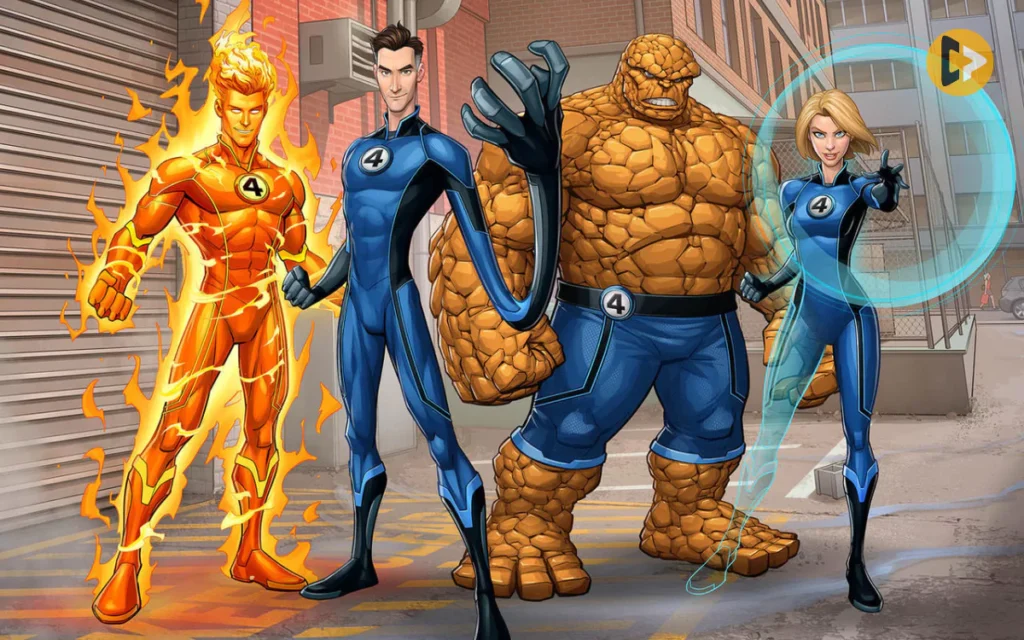When you think of superheroes, your mind might race to caped crusaders and masked vigilantes, but none embody the spirit of adventure and family quite like the Fantastic Four. Marvel’s original superhero team didn’t just break the mold; they set the blueprint for every team-up that followed.
Created by the legendary duo of Stan Lee and Jack Kirby, the Fantastic Four revolutionized comic books by combining cosmic adventures with down-to-earth human drama, making them household names across generations. So, buckle up as we dive into the rich tapestry of the Fantastic Four’s history, their monumental impact on the Marvel Universe, and why they continue to captivate fans decades after their debut.
Key Takeaways
The Fantastic Four’s debut in 1961 was not just a milestone for Marvel Comics but a pivotal moment in comic book history, introducing readers to a new kind of superhero team that was as much about family dynamics as it was about saving the world.
Their impact on Marvel’s success cannot be overstated; they laid the groundwork for the interconnected universe we know and love today, influencing countless other characters and storylines.
Key themes such as exploration, innovation, and the essence of humanity are woven through the Fantastic Four’s stories, making them timeless.
The Fantastic Four have faced iconic villains like Dr. Doom and Galactus, characters who have become as legendary as the heroes themselves.
Beyond the pages of comic books, the Fantastic Four have made their mark in movies, TV shows, and merchandise, showing their versatility and enduring popularity.
Despite the various adaptations and changes over the years, the core of the Fantastic Four—family, exploration, and heroism—remains unchanged.
The Creation of the Fantastic Four
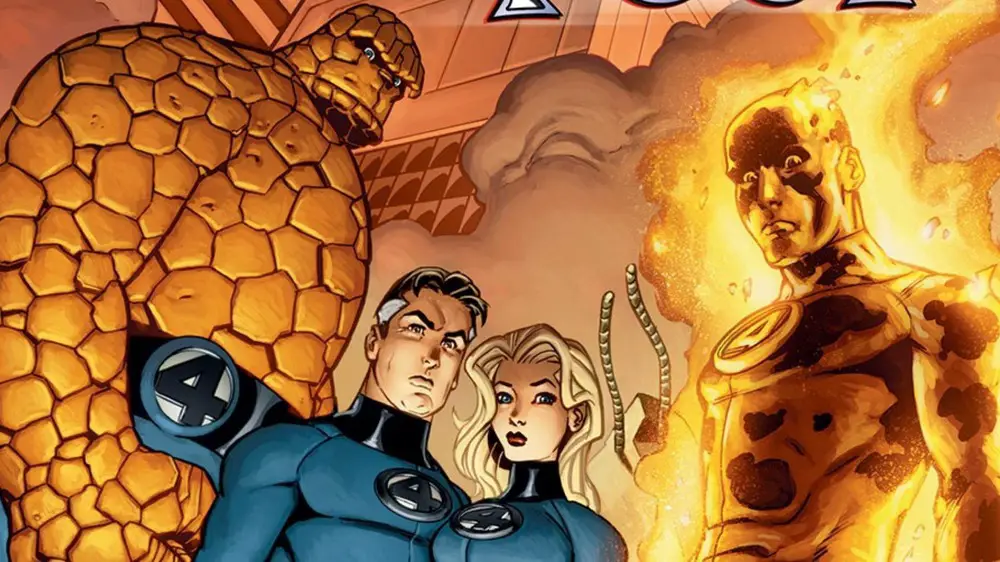
Comic Book Origins: Fantastic Four isn’t just a tale of cosmic rays and superpowers; it’s a story of innovation, breaking boundaries, and the birth of a family unlike any other. In the early 1960s, Marvel Comics was in a state of transformation, seeking to introduce a fresh narrative to the superhero genre.
Enter Stan Lee and Jack Kirby, two creative powerhouses who envisioned a superhero team rooted not in secret identities and solo ventures, but in camaraderie, conflict, and the complex dynamics of a family.
The Fantastic Four made their debut in November 1961, setting the stage for a new era in comic book storytelling. What set them apart wasn’t just their powers, acquired during a space mission gone awry, but their very human struggles.
They bickered, loved, laughed, and lived together, making them relatable to readers. This creation was not just a milestone for Marvel; it reshaped the superhero genre, proving that the heart of a story lies in its characters’ humanity.
The Fantastic Four’s First Adventure

The Fantastic Four’s origin story is as groundbreaking as their creation. When Dr. Reed Richards (Mr. Fantastic), Susan Storm (Invisible Woman), Johnny Storm (Human Torch), and Ben Grimm (The Thing) are exposed to cosmic rays during an unauthorized space mission, they return to Earth with extraordinary abilities. But it’s what they do with these powers that truly defines them.
Instead of hiding or running from their new identities, they form the Fantastic Four, pledging to use their abilities for the betterment of humanity.
Their first challenge? The Mole Man, a villain who embodies the theme of being misunderstood, much like the heroes themselves. This initial adventure sets a precedent for the team, not just in the scale of their battles, but in the moral complexities they would face.
The Fantastic Four weren’t just fighting villains; they were exploring the grey areas of good and evil, right and wrong.
Members of the Fantastic Four
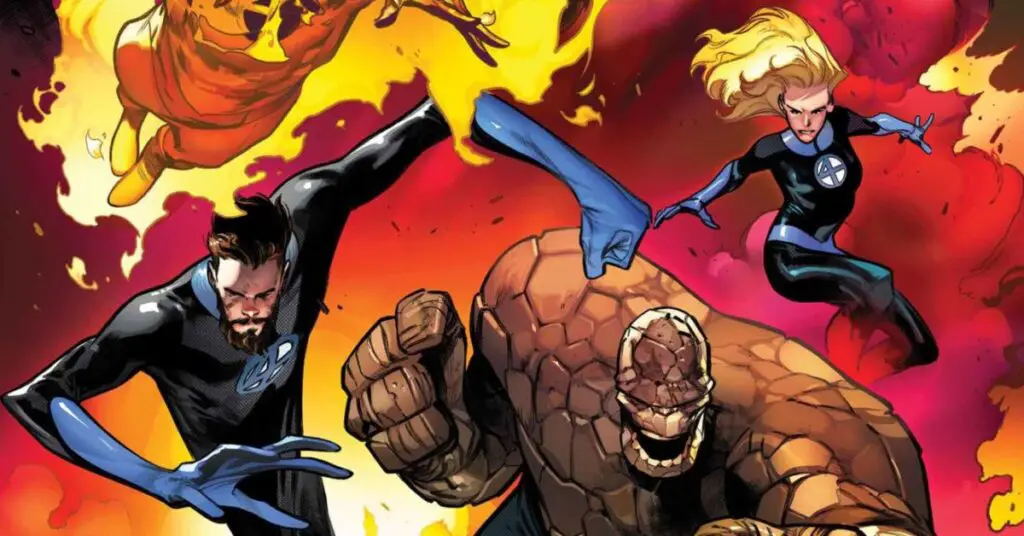
Mr. Fantastic (Reed Richards) is the elastic-brained leader whose intellect is as stretchable as his body. Invisible Woman (Susan Storm), more than just the team’s heart, has powers that reflect her depth, from invisibility to formidable force fields.
Human Torch (Johnny Storm), the hot-headed brother of Susan, wields fire with a passion that matches his personality. And The Thing (Ben Grimm), whose rocky exterior belies a tender soul, provides both the muscle and the moral center of the team.
Each member brings something unique to the Fantastic Four, not just in their powers, but in their personalities. They are a family by choice, not by blood, which makes their bond all the more special. Their interactions, filled with genuine care and occasional friction, offer a mirror to real-life relationships, making them timeless in their appeal.
Key Villains and Allies

No superhero saga is complete without its villains, and the Fantastic Four have some of the most iconic nemeses in comic book history.
Dr. Doom (Victor Von Doom), with his blend of genius intellect, mystical powers, and a personal vendetta against the Fantastic Four, especially Reed Richards, stands out as their archenemy. His complex character adds depth to the conflicts, often blurring the lines between hero and villain.
Then there’s Galactus, the devourer of worlds, and his herald, the Silver Surfer, who bring cosmic-scale threats to the Fantastic Four’s doorstep. These encounters are not just battles of strength but of ethics, challenging the team to make impossible decisions for the greater good.
Evolution of the Storylines
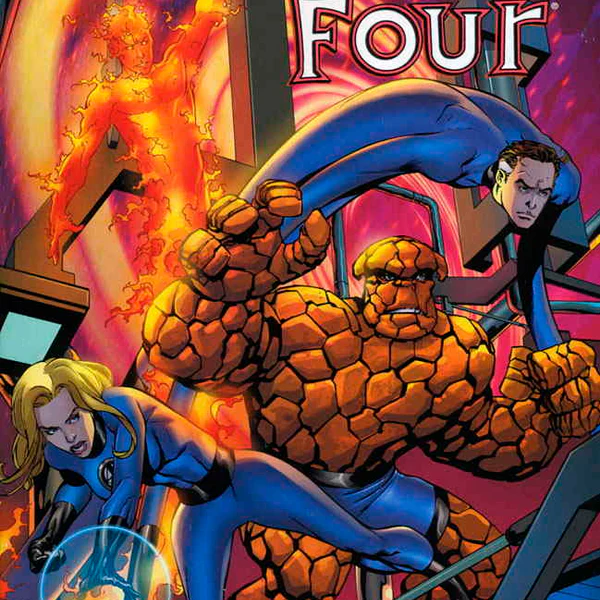
Over the years, the Fantastic Four have not just fought villains or explored uncharted territories; they’ve grown, faced personal trials, and evolved. Their storylines have adapted to reflect the changing times, incorporating modern themes such as environmentalism, technology’s role in society, and cultural diversity.
One notable evolution is how Susan Storm’s character developed from the Invisible Girl to the Invisible Woman, gaining strength, depth, and leadership qualities, mirroring the evolving conversation around gender roles.
The introduction of characters like Franklin and Valeria Richards, the children of Reed and Susan, further expanded the narrative scope, exploring themes of parenthood, legacy, and the future. These story arcs not only added layers to the characters’ personalities but also allowed the narrative to explore speculative and science fiction themes deeply, from alternate realities to time travel.
The Fantastic Four in Pop Culture

The influence of the Fantastic Four extends far beyond the comic book pages; they’ve become icons in popular culture.
Their journey to the screen began with animated series in the 1960s, evolving into live-action movies in the 2000s. While the cinematic endeavors have seen mixed success, they highlight the challenges and potential of adapting comic book heroes to film.
The Fantastic Four have also appeared in video games, merchandise, and as part of larger Marvel crossover events, cementing their status as cultural mainstays. Their story has been referenced in music, television, and even in discussions on science and exploration, demonstrating their impact on broader cultural conversations.
The Art and Visuals
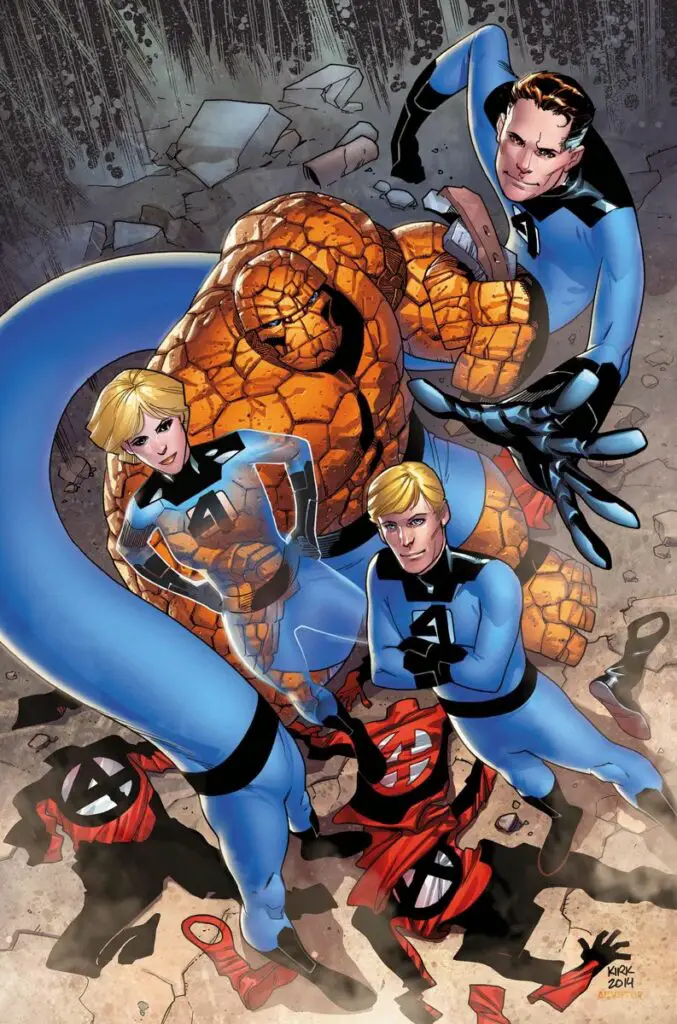
The visual evolution of the Fantastic Four is a testament to the creative talents behind them. From Jack Kirby’s dynamic, detailed panels in the 60s to the sleek, modern interpretations by artists like John Byrne and Sara Pichelli, the artistic style of the Fantastic Four comics has evolved while maintaining the essence of the characters.
The use of color, panel layout, and character design has adapted to each era, reflecting changes in artistic trends and technologies in comic book production.
This visual journey not only tells the story of the Fantastic Four but also showcases the evolution of comic book art over the decades. It provides a visual history that complements the narrative depth, creating a rich, immersive experience for readers.
The Fantastic Four’s Legacy
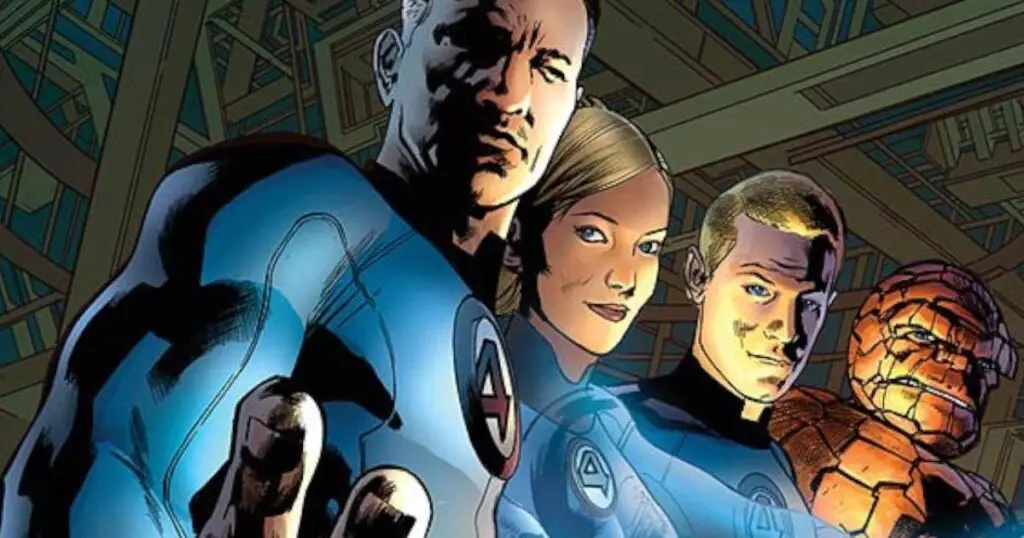
The legacy of the Fantastic Four is immeasurable. They laid the foundation for the Marvel Universe, introducing a model for superhero teams that would inspire countless others.
Their stories have explored complex themes such as family, identity, and responsibility, setting a standard for character-driven storytelling in the superhero genre.
The Fantastic Four have inspired generations of fans and creators alike, sparking imaginations with their adventures and challenges. Their influence can be seen in the way modern superhero narratives are crafted, emphasizing character depth and emotional stakes alongside epic battles and cosmic explorations.
Conclusion
The Comic Book Origins: Fantastic Four is more than just the story of how a team came to be; it’s a saga of evolution, innovation, and enduring legacy. Through their adventures, struggles, and triumphs, the Fantastic Four have become a mirror reflecting the complexities of family, the thrill of discovery, and the heroism of facing the unknown.
As they continue to evolve, their stories remain a testament to the power of creativity and the endless possibilities of the comic book medium.
As we close this chapter on the Fantastic Four, it’s clear that their journey is far from over. They will continue to explore new frontiers, both in the cosmos and within the human heart, proving that at the center of every great superhero story is the unbreakable bond of family, friendship, and the relentless pursuit of truth and justice.
Who created the Fantastic Four?
Stan Lee and Jack Kirby created the Fantastic Four in 1961, launching Marvel Comics into fame.
What are the powers of the Fantastic Four members?
Mr. Fantastic: Elasticity.
Invisible Woman: Invisibility and force fields.
Human Torch: Fire manipulation and flight.
The Thing: Super strength and durability.
Who are the Fantastic Four’s most notable villains?
Notable villains include Dr. Doom, Galactus, and the Silver Surfer.
How have the Fantastic Four influenced popular culture?
They’ve significantly influenced comics, movies, and TV, pioneering the superhero team concept.
What are the latest adaptations of the Fantastic Four?
Marvel Studios plans to integrate the Fantastic Four into the MCU, promising future adaptations.

